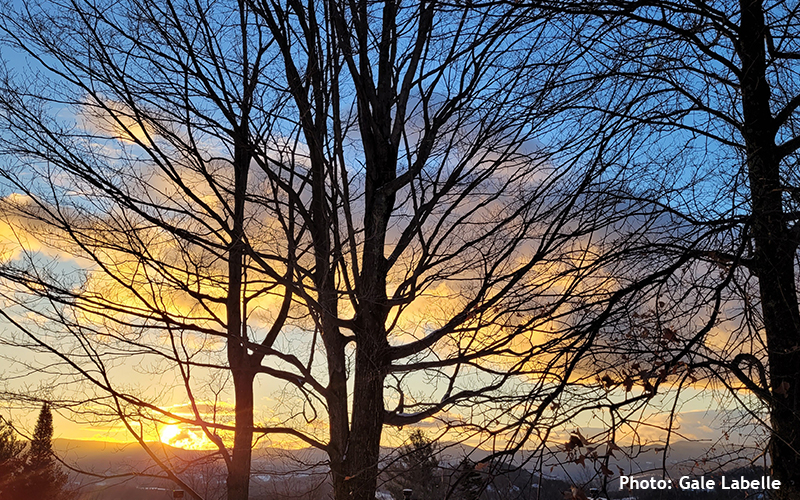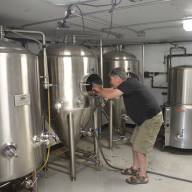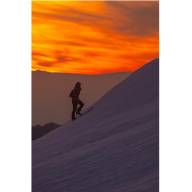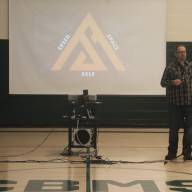By Ross Saxton for the Mad River Valley Conservation and Recreation Visioning Initiative leadership team
It is always good to see community dialogue about outdoor recreation, trails, and ecological conservation as we saw in the past few issues of The Valley Reporter, which presumably carry over to our dinner tables and ski lift rides. The leadership team of the Mad River Valley Conservation and Recreation Visioning (CRV) initiative feels like there are a few points that require clarification and further context to help guide these discussions in an informed and productive way.
Do trails through our forests disturb wildlife and fragment their habitat, as stated in an anonymously placed ad in The Valley Reporter?
This is an emerging area of research, but it is pretty clear that a human presence in the woods (and on trails) can indeed influence individuals, populations, and communities of wildlife. Although more research specific to the Northeast would support a better understanding of the impacts to wildlife here; we can already begin making decisions locally about ways to minimize those impacts, including where new trails should or should not be and how other forms of outdoor recreation could be well managed. For the next two years, the CRV initiative will be tackling this issue head-on through a collaborative approach that includes a steering committee with broad representation, working groups diving deeply into the issues, and a range of opportunities for community input (see below).
How are Mad River Valley (MRV) trail and conservation organizations considering wildlife and ecology when planning new trails?
Trail organizations in the MRV have always followed municipal and state environmental rules when planning and building new trails. However, it is only in recent years that research emerged that is helping us realize the extent that trails and other outdoor recreation can influence wildlife movement and ecology beyond what existing laws address. In other words, existing rules do not necessarily protect wildlife and ecology from new trail development in many local scenarios, and we aim to address that. It is because of this realization that the CRV initiative is underway, through which 16 different conservation and recreation organizations are working toward a “Gold Standard” for harmonizing trails, outdoor recreation, and ecological integrity.
Are there ways that the community can participate in the CRV initiative?
Absolutely! The members of CRV are in the midst of developing a plan to solicit the community’s input during this two-year project and integrate these ideas and interests into the project’s actions and outputs. You can count on multiple in-person and online public meetings and other feedback opportunities (e.g., surveys) starting this summer, in addition to community updates in The Valley Reporter, community bulletin boards, and social media.
Are the Mad River Riders planning to build a new trail through Phen Basin’s state-designated natural area?
No, these plans from a previous year have been abandoned. Once the Mad River Riders heard feedback from the community about the proposed route in the Phen Basin area, they decided they would not pursue this trail. The Mad River Riders are an active member of the CRV initiative and are committed both to helping define a gold standard for harmonizing outdoor recreation and ecological integrity, and to following it in their trail development and stewardship.
To receive email updates about the Conservation and Recreation Visioning initiative, please email the project coordinator at
Members of the MRV Conservation and Recreation Visioning Initiative leadership team:
- Laura Arnesen, Mad River Recreation District.
- Phil Huffman, Waitsfield Conservation Commission.
- Corrie Miller, Fayston Conservation Commission.
- Ross Saxton, Mad River Path Association.













